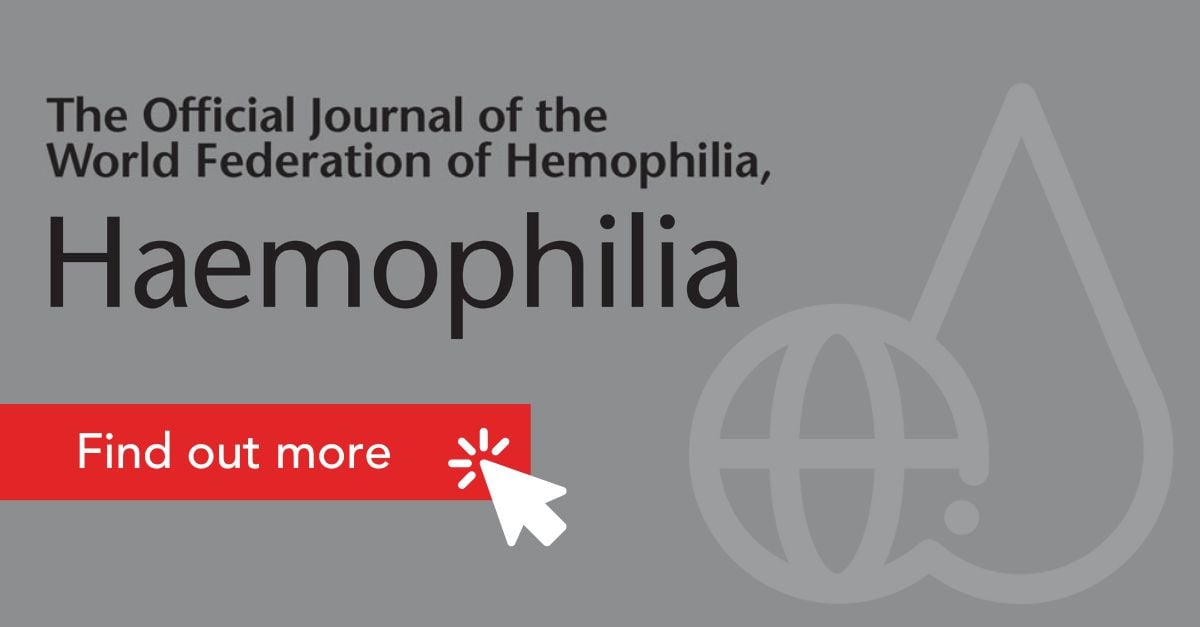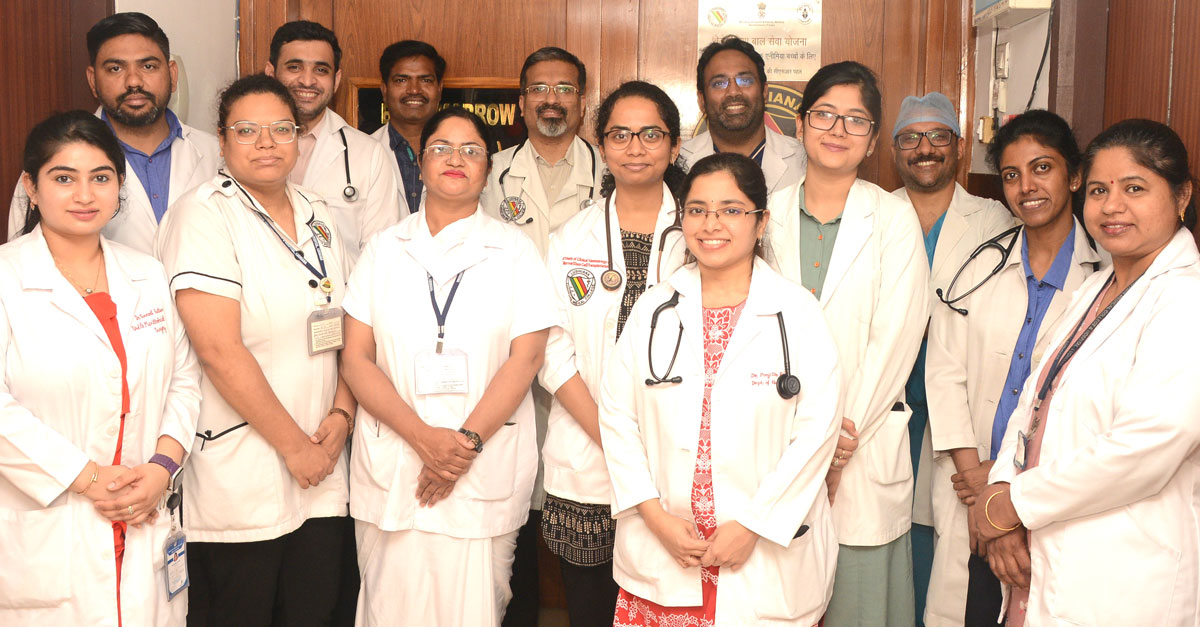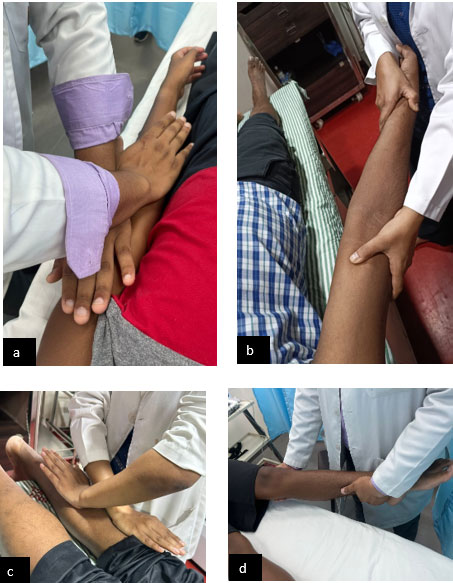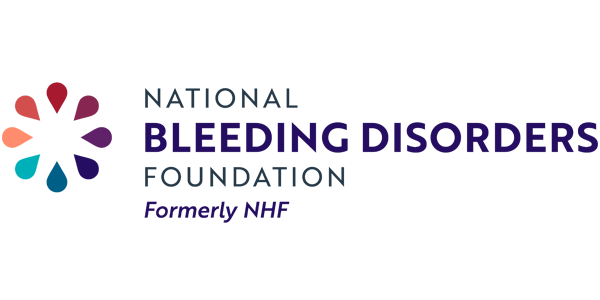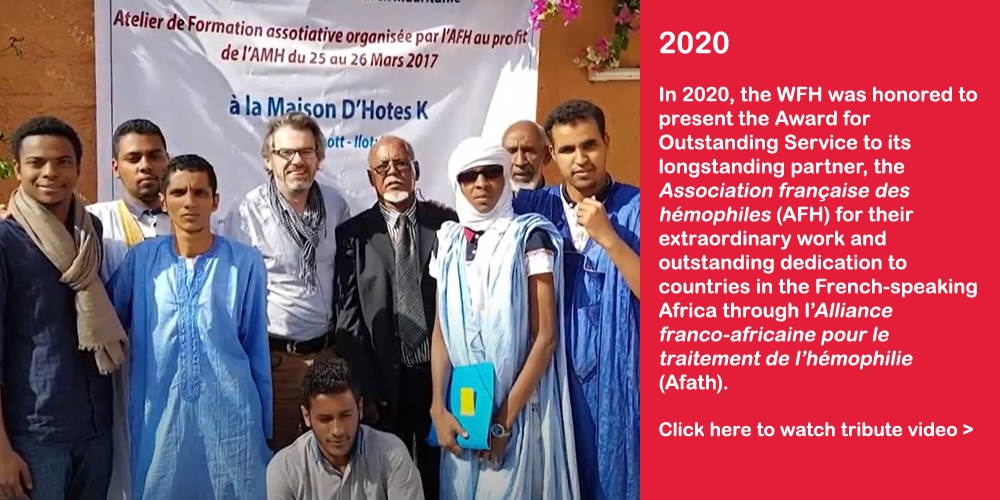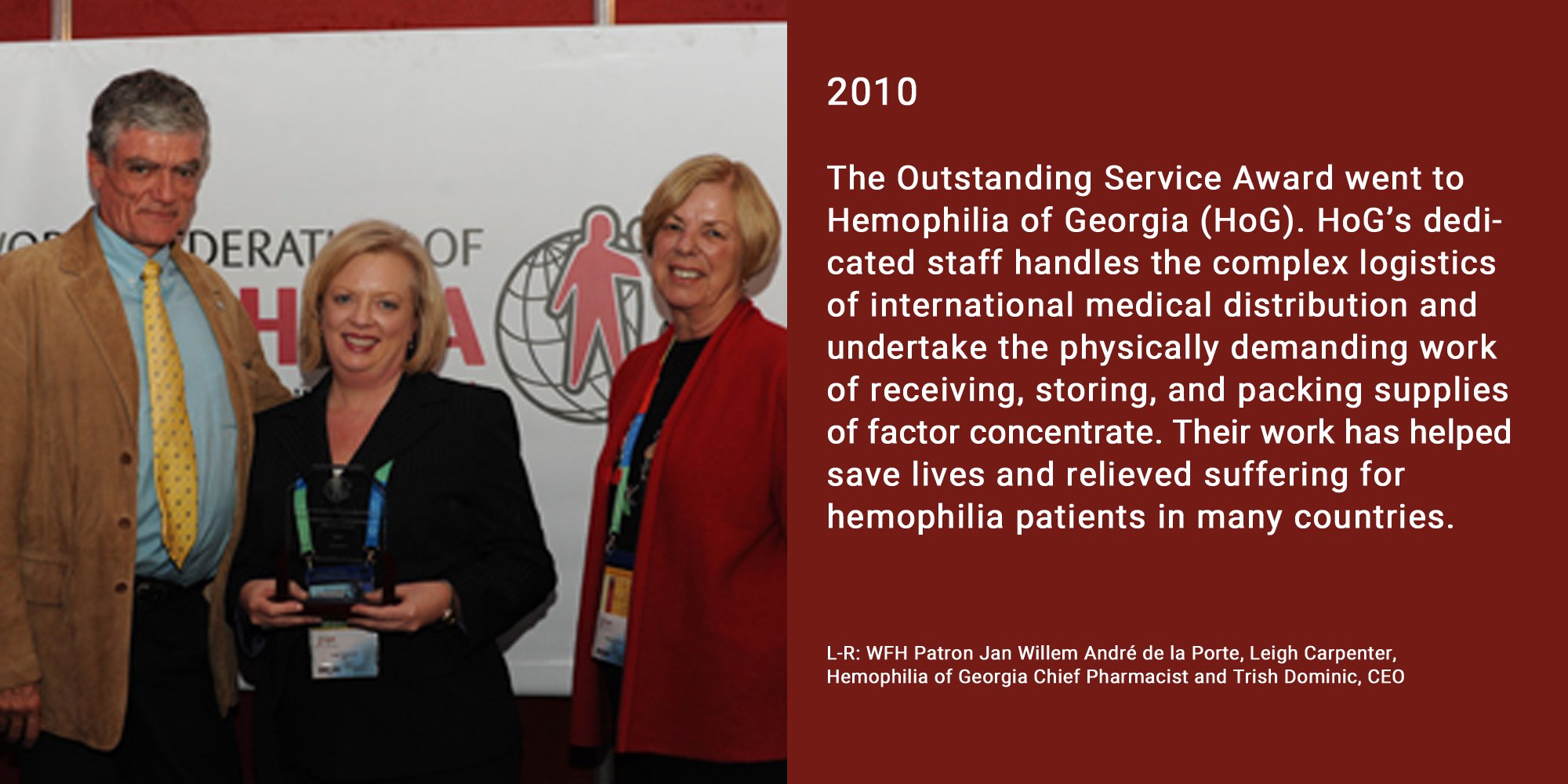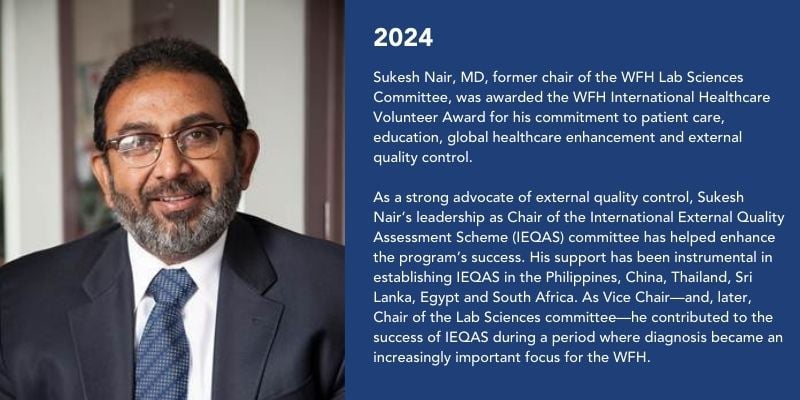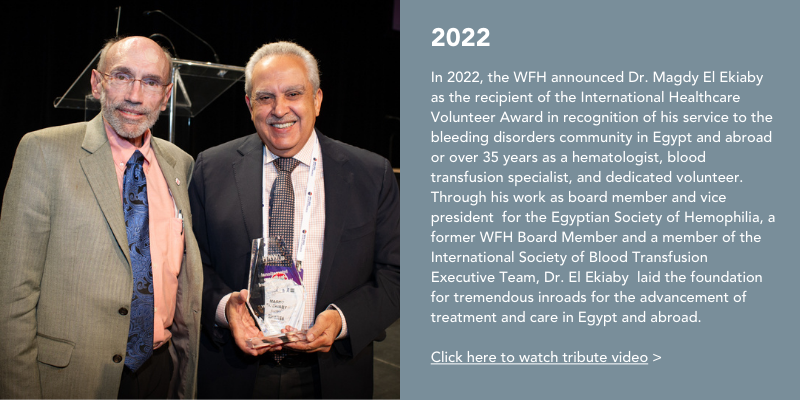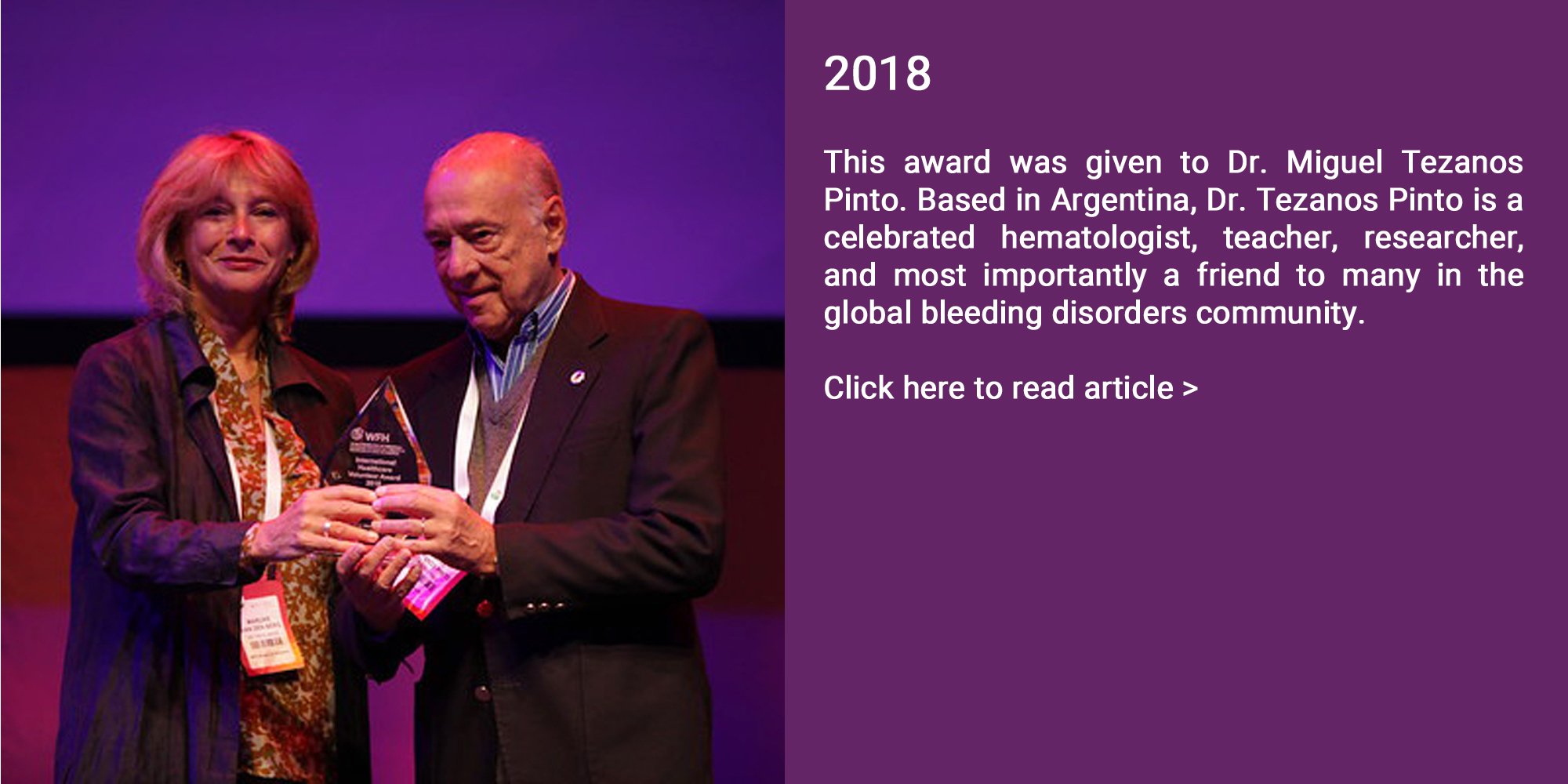The research, titled “Effectiveness of myofascial therapy (MFT) along with traditional physiotherapy and intermittent prophylaxis on short-term improvement of joint health in hemophilic arthropathy: a randomized control trial”, was supported by the World Bleeding Disorders Registry (WBDR) through its Research Support Program (RSP). This research investigated the potential of myofascial therapy (MFT) when combined with traditional physiotherapy and intermittent prophylaxis to improve joint health in people with Hemophilia A and joint arthropathy, specifically in the elbows and knees. MFT is a manual therapy technique aimed at relieving pain and restoring mobility by targeting myofascial tissues—the thin, tough membranes that wrap and connect your muscles, bones, and organs.
Despite the growing availability of factor replacement therapy, many PWH and their families continue to struggle with barriers that extend well beyond physical symptoms. The study—which was a randomised control trial—was designed to capture experiences of PWH and improvement in their joint health by administering myofascial therapy in combination with intermittent prophylaxis.
Conducted at the HTC Ludhiana, the trial included 31 patients with Hemophilia A. Participants were randomly assigned to two groups: one receiving MFT in combination with traditional physiotherapy, and another receiving physiotherapy alone. Both groups underwent therapy sessions four times per week for three weeks, along with FVIII prophylaxis administered twice weekly. Assessments of joint health were conducted on Days 0, 10, and 21 using the Hemophilia Joint Health Score (HJHS), the Functional Independence Score for Hemophilia (FISH), and measurements of joint range of motion (ROM).
The study found that joint health improved after MFT, especially in the knees. The MFT group showed greater gains than the control group, with strong improvements in joint scores and range of motion. Knee and elbow flexibility increased more in the MFT group, though only knee improvements were significant. Both groups improved in daily function, with the control group showing slightly higher gains.
The findings support the feasibility and short-term effectiveness of MFT as an adjunct to conventional therapy, particularly in resource-limited environments. As the HTC Ludhiana team’s work demonstrates, effective care does not always require expensive technology. With continued research, training, and collaboration, this model of patient-centered approach has the potential to improve care outcomes, reshape clinical practice, and reduce disparities in hemophilia management globally.
The full study, “Effectiveness of myofascial therapy (MFT) along with traditional physiotherapy and intermittent prophylaxis on short-term improvement of joint health in hemophilic arthropathy: a randomized control trial” is now published in the Expert Review of Hematology and can be accessed here.
To find out more about the World Bleeding Disorders Registry (WBDR) click here. To find out more about the Research Support Program (RSP), click here.
